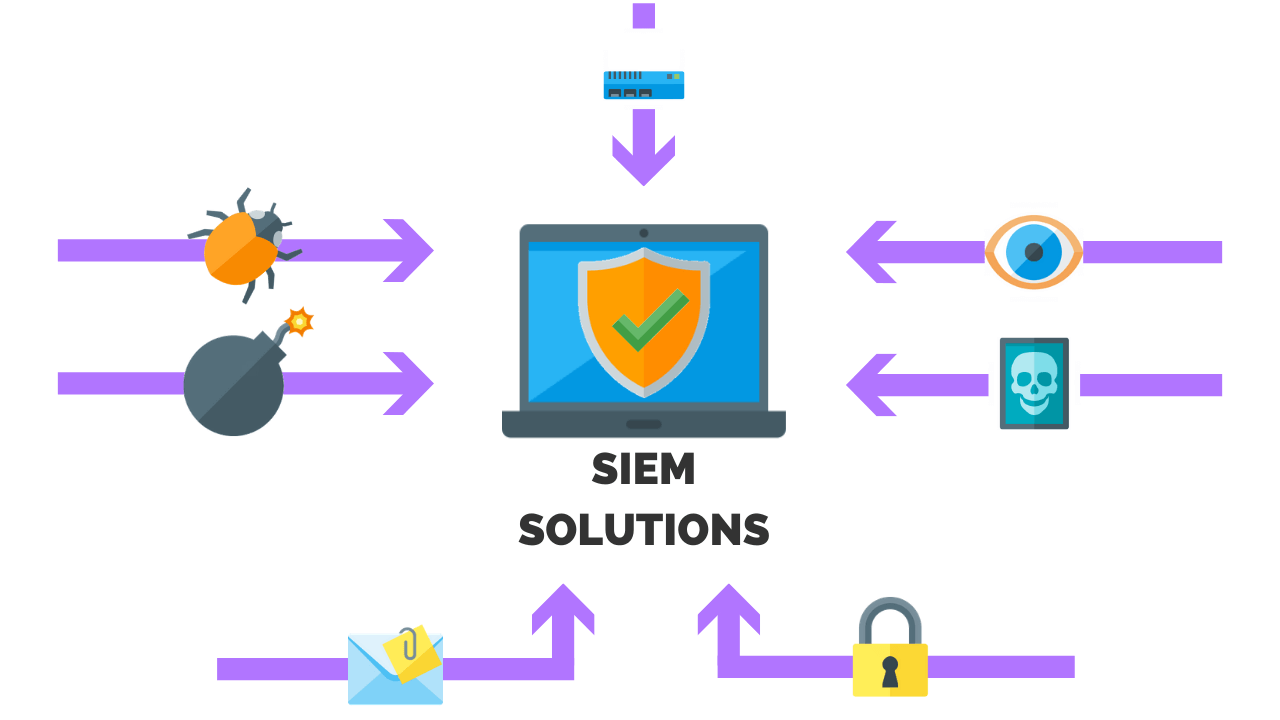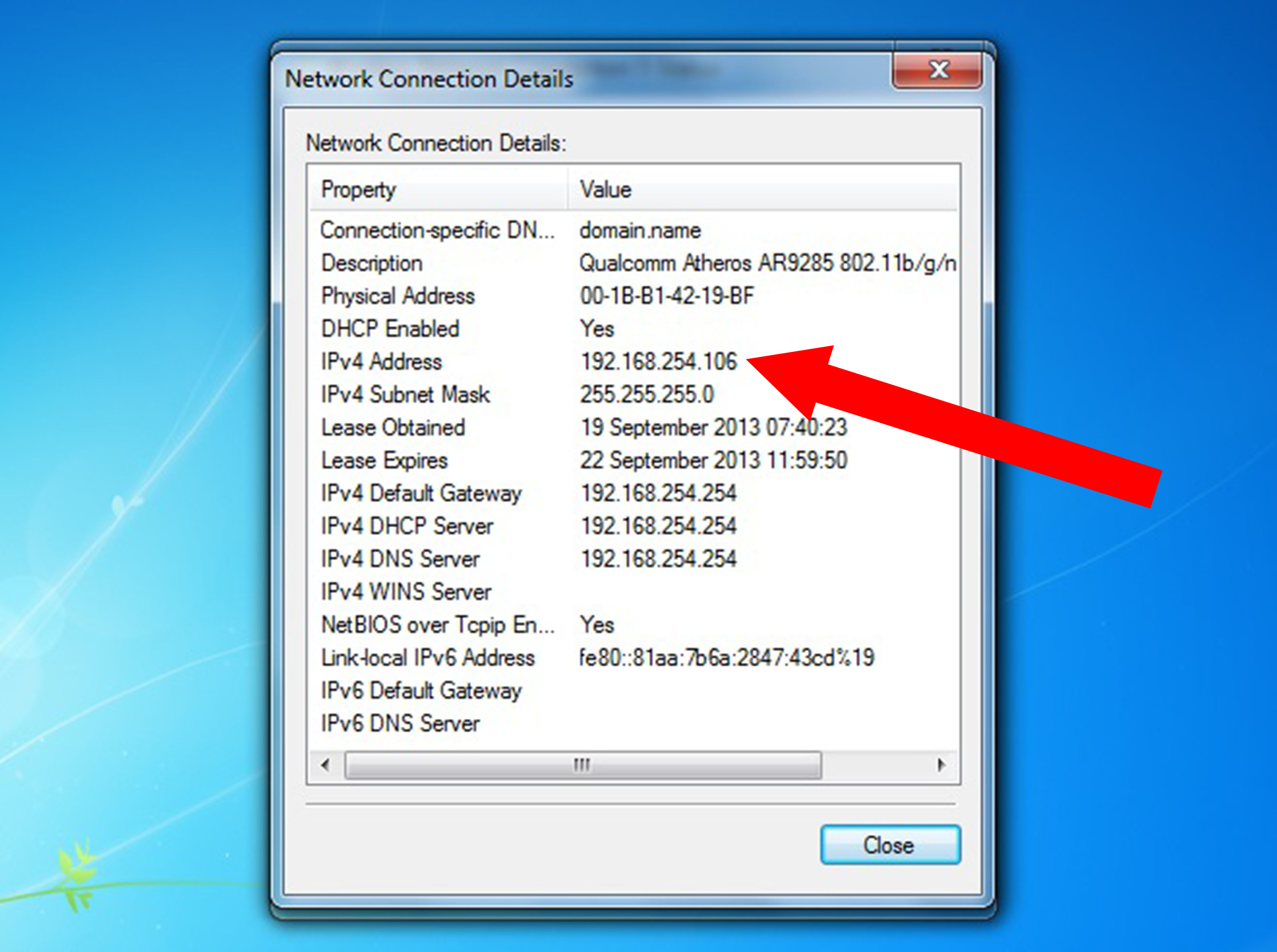5 SIEM Solutions

Security Information and Event Management (SIEM) systems are crucial for organizations seeking to enhance their security posture by monitoring, detecting, and responding to security threats in real-time. These systems collect and analyze log data from various sources to identify potential security threats and breaches. With the ever-evolving landscape of cyber threats, selecting the right SIEM solution is paramount for effective cybersecurity. Here are five prominent SIEM solutions, each offering a unique set of features and benefits:
1. Splunk
Splunk is one of the most recognized names in the SIEM market, offering a powerful platform for analyzing machine-generated data. Its SIEM solution, Splunk Enterprise Security (ES), provides real-time monitoring and incident response, leveraging advanced analytics and machine learning to help detect and respond to threats. Splunk’s versatility allows it to handle a wide range of data sources, making it a favorite among enterprises with complex IT infrastructures. Its user-friendly interface and comprehensive reporting capabilities are significant advantages, though it can require significant resources and expertise to fully leverage its capabilities.
2. IBM QRadar
IBM QRadar is another leading SIEM solution that offers advanced security analytics and threat detection. It is designed to provide comprehensive visibility into an organization’s network, endpoint, and applications, using machine learning to identify anomalies and potential threats. QRadar’s ability to scale and handle large volumes of log data, combined with its flexible and customizable dashboards, make it a popular choice for large and complex environments. Its integration with other IBM security products and services is also a significant benefit, offering a unified approach to security management.
3. LogRhythm
LogRhythm is known for its NextGen SIEM platform, which combines SIEM, log management, network traffic analysis, and UEBA (User and Entity Behavior Analytics) into a single solution. This comprehensive approach allows for deep insight into network activity, enabling the detection of advanced threats and providing immediate response options. LogRhythm’s ease of deployment and user-friendly interface make it accessible to organizations of various sizes, and its emphasis on machine learning and automation facilitates threat detection without overwhelming security teams.
4. McAfee Enterprise Security Manager (ESM)
McAfee’s ESM is a SIEM solution designed to provide real-time monitoring and analytics, helping organizations to quickly identify and respond to threats. It leverages behavioral analysis, machine learning, and other advanced techniques to detect anomalies and unknown threats. McAfee ESM is notable for its integration with other McAfee products, offering a holistic view of security across the enterprise. Its scalability and flexibility make it suitable for a wide range of organizations, from small businesses to large enterprises.
5. Microsoft Sentinel
Microsoft Sentinel is a cloud-native SIEM solution that provides intelligent security analytics and threat protection for the entire enterprise. Built on Azure, it leverages the power of the cloud to scale and handle large volumes of log data, providing real-time threat detection and alerts. Microsoft Sentinel integrates seamlessly with other Microsoft security tools and services, such as Azure Active Directory and Microsoft Defender, offering a unified and comprehensive security solution. Its use of AI and machine learning to identify threats, combined with its cost-effective pricing model, makes it an attractive option for organizations already invested in the Microsoft ecosystem.
In conclusion, each of these SIEM solutions offers a unique combination of features, scalability, and integrations that cater to different organizational needs. When selecting a SIEM solution, it’s crucial to consider factors such as the size and complexity of the IT environment, existing security infrastructure, scalability requirements, and the level of expertise available within the organization. By choosing the right SIEM solution, organizations can significantly enhance their security posture, ensuring the timely detection and mitigation of security threats.
What is the primary function of a SIEM system?
+The primary function of a SIEM (Security Information and Event Management) system is to provide real-time monitoring and analysis of security-related data from various sources, enabling organizations to detect, analyze, and respond to security threats in a timely manner.
How does machine learning enhance SIEM solutions?
+Machine learning enhances SIEM solutions by enabling them to identify patterns and anomalies in large volumes of data that might not be apparent to human analysts. This allows for the detection of advanced and unknown threats, improving the overall efficiency and effectiveness of the security operations.
What factors should be considered when selecting a SIEM solution?
+When selecting a SIEM solution, organizations should consider factors such as scalability, compatibility with existing infrastructure, the ease of deployment and management, the level of support and training provided, and the solution's ability to integrate with other security tools and services.
Each organization’s security needs are unique, and the selection of a SIEM solution should reflect these needs. Whether the focus is on advanced threat detection, real-time monitoring, or compliance, the right SIEM solution can significantly enhance an organization’s security posture and operational efficiency. As cybersecurity threats continue to evolve, the importance of robust SIEM solutions will only continue to grow, underscoring the need for ongoing innovation and adaptation in security management practices.



